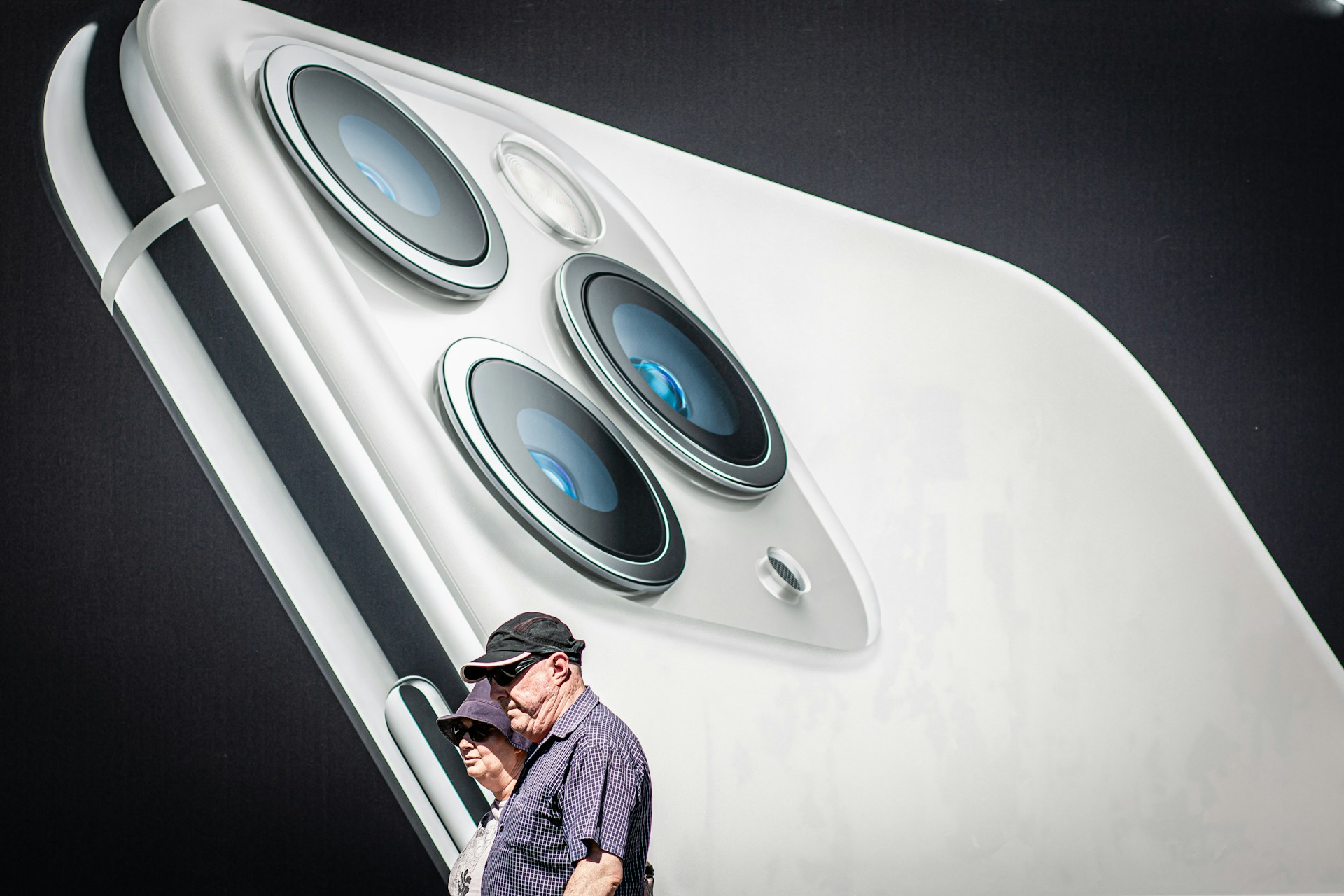Have you ever paused to consider why certain advertising campaigns linger in your memory long after you’ve seen them? The secret often lies in their ability to forge a profound emotional connection with the viewer. Emotional appeal is not merely a technique—it’s a dynamic strategy that has shaped effective marketing for decades, steering consumer behavior through the heart.
The Essence of Emotional Appeal Advertising
At its core, emotional appeal advertising seeks to resonate with consumers on a personal level, influencing their decisions by tapping into their emotions. This approach transcends the traditional boundaries of factual representation; it weaves narratives, brings relatable characters to life, and employs striking visuals to evoke feelings. By establishing a sincere emotional connection, brands can transform their products or services into something memorable and desirable in the minds of their audience.
Balancing Rational and Emotional Appeals
While rational advertising appeals focus on logical attributes—like price, features, and quality—emotional appeals concentrate on eliciting specific feelings and desires. For instance, a car advertisement might detail fuel efficiency and safety ratings, appealing to the logical consumer. Conversely, an emotional ad could portray a family enjoying a joyful beach trip, fostering a sense of nostalgia and connection.
The same principle applies to other products. A toothpaste brand may emphasize the health benefits of fluoride in its rational messaging, while an emotional approach could showcase a radiant couple sharing a moment, urging consumers to “make every smile count.” Such emotional storytelling can create deeper connections, increasing the likelihood of brand recall and preference.
Navigating Positive and Negative Emotional Appeals
Emotional appeal advertising can primarily be categorized into two realms: positive and negative. Negative emotional appeals often harness fear, regret, or guilt, compelling consumers to act by addressing their anxieties. While these can effectively grab attention and create urgency, excessive reliance on negative emotions risks tarnishing your brand’s reputation.
On the flip side, positive emotional appeals cultivate feelings of joy, pride, and admiration, forging a favorable association with the brand. Research shows that positive emotions generally yield a more lasting impact on consumer behavior. However, there’s potential in blending both approaches. By leveraging a mix of positive and negative appeals, you can create a compelling narrative that contrasts urgency with a hopeful resolution. This dynamic strategy can make your messaging not just memorable, but transformative.
Discovering What Resonates
Ultimately, the effectiveness of emotional appeal advertising hinges on a deep understanding of your target audience—their motivations, aspirations, and the context in which they engage with your message. Conducting thorough market research, experimenting with diverse strategies, and analyzing feedback are crucial steps toward identifying the emotional appeals that resonate most powerfully with your consumers.
Emotional appeal advertising is a rich tapestry that, when woven thoughtfully, can elevate your brand, foster loyalty, and drive sales. Understand your audience, craft your narrative, and watch as the emotional connection transforms curiosity into commitment. Embrace the emotional—engage, captivate, and connect. Your brand’s success may just depend on it.




